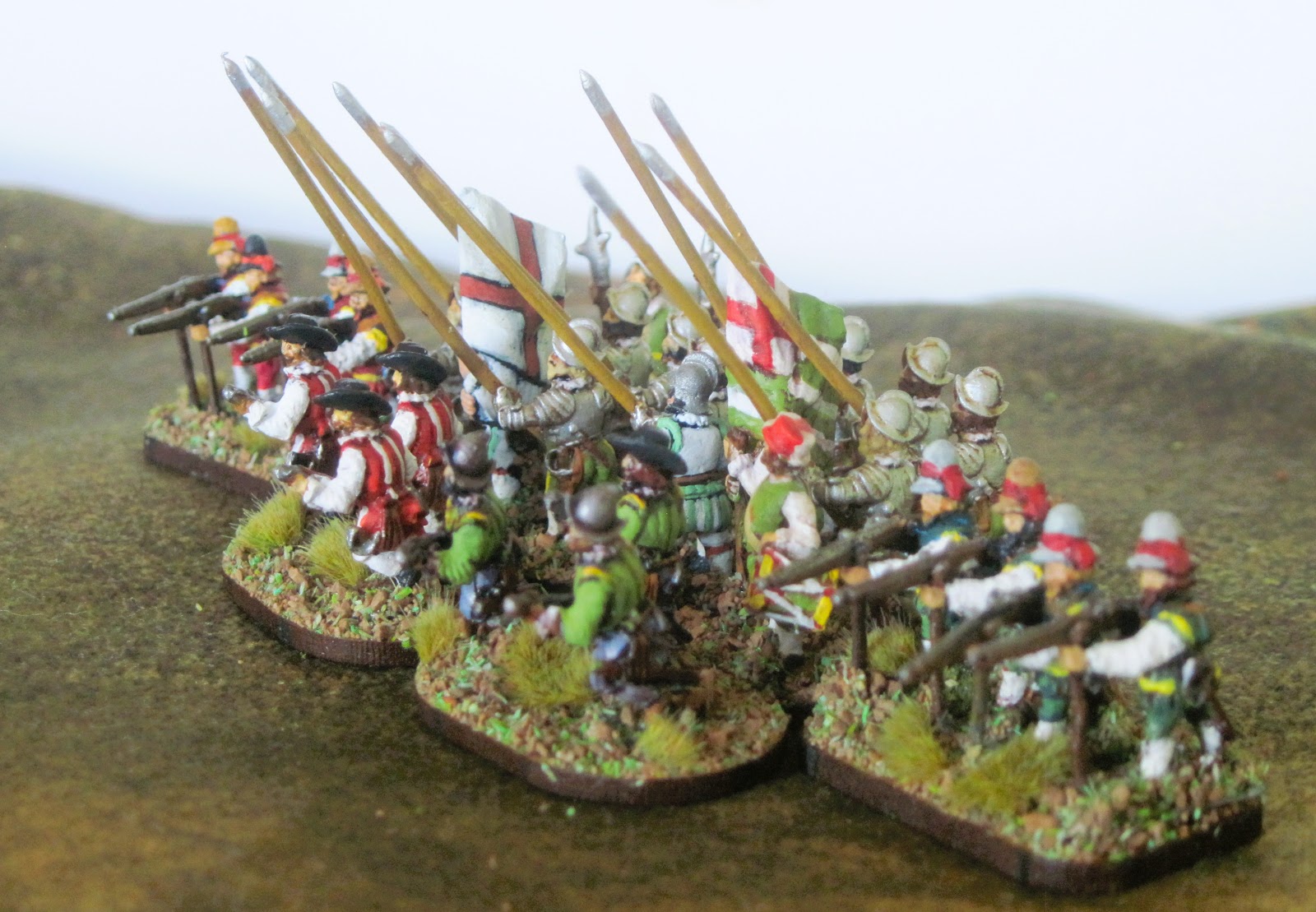“Not for all the tea in China” was an expression when I was
a child. Also, “As far back as the Chinese.” These were Victorian echoes and
they are gone now. All the tea in China indicated colossal wealth. As far back etc
indicated the lack of modernity in China. Gone are the days.
In the 19th Century the
British working poor were greatly immiserated. Only one thing brought any comfort.
It was tea. Tea was great, it soothed the masses and didn’t inflame or excite
them. Gin had been tried previously and hadn’t worked at all.
The Poor had a discerning taste in tea. We are told they
would not accept inferior product. A small price to pay you might think for peace
of mind of the Rulers. Alas, it was not so.
The Chinese would only sell tea for Silver. This is where
the seeds of the Boxer Rising take root.
We must tell the tale if we are to understand the Righteous, Harmonious
Fists and the like.
The British didn’t have sufficient silver to sustain the
trade. Suspending the trade was unthinkable. The Poor were pacified give or
take Transportation and Starvation. They might, denied tea, revolt.
Something had to be done.
With some skill and a great deal bribery the British managed
to smuggle tea plants out of China to India. All very well but it would take
time for production to meet need.
Bengal Opium looked like an option. Enjoying opium was a well-known
international recreation. The Chinese Government was well aware of its dangers.
Consequently while a senior Mandarin might puff away a peasant farmer couldn’t,
save as a pain killer or a rare treat. Importing Opium into the Celestial Empire was
forbidden.

The British needed to flood China with cheap opium to break
the Tea for Silver paradigm. This they did in a series of wars. The French joined
in and the victors got inventive. The Chinese would pay for the cost of the
British and French military actions. Also, territorial concessions would be
made. Free Trade including opium would replace Chinese Regulations.
The
destruction to Chinese society was truly immense. Should you ever have lived or worked in an area with a serious drug problem you will understand precisely what happened.
At the top of Chinese society sat the Manchu providing
Emperor and aristocracy. Below sat the Han Chinese and various minorities. It was from the Han that the Boxers arose. The last great conflict to wrack China had been the Tai Ping. Mainly a non Han enterprise.
By
the time of the Rising China’s predators had multiplied and the future looked
bleak. As is the way of things the cost of paying off the predators fell increasingly on the common folk.
Enter the Boxers.













































